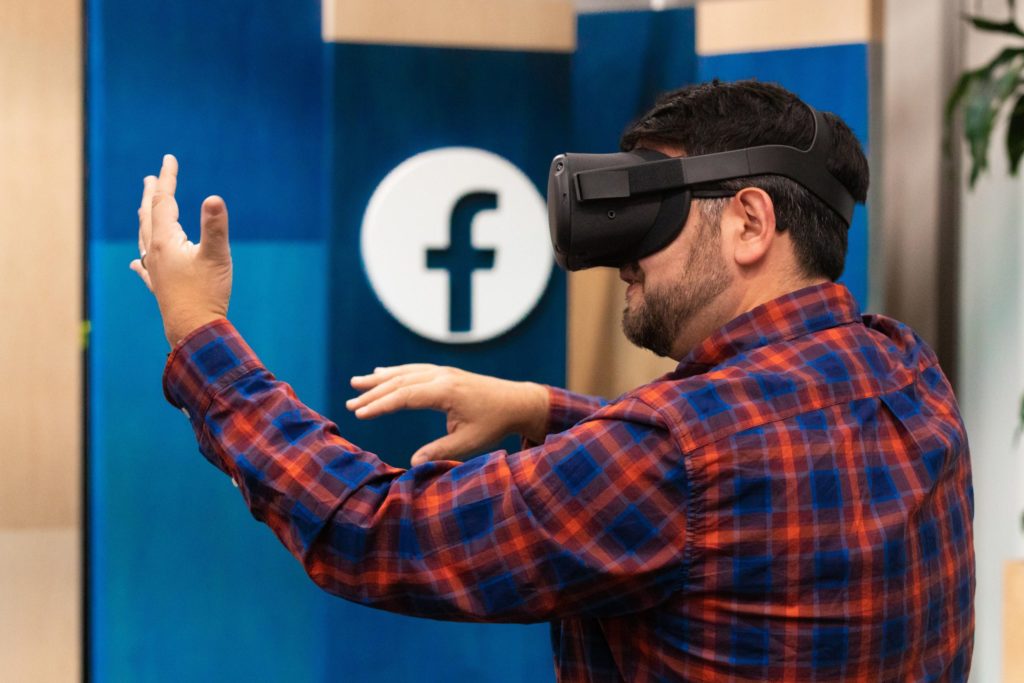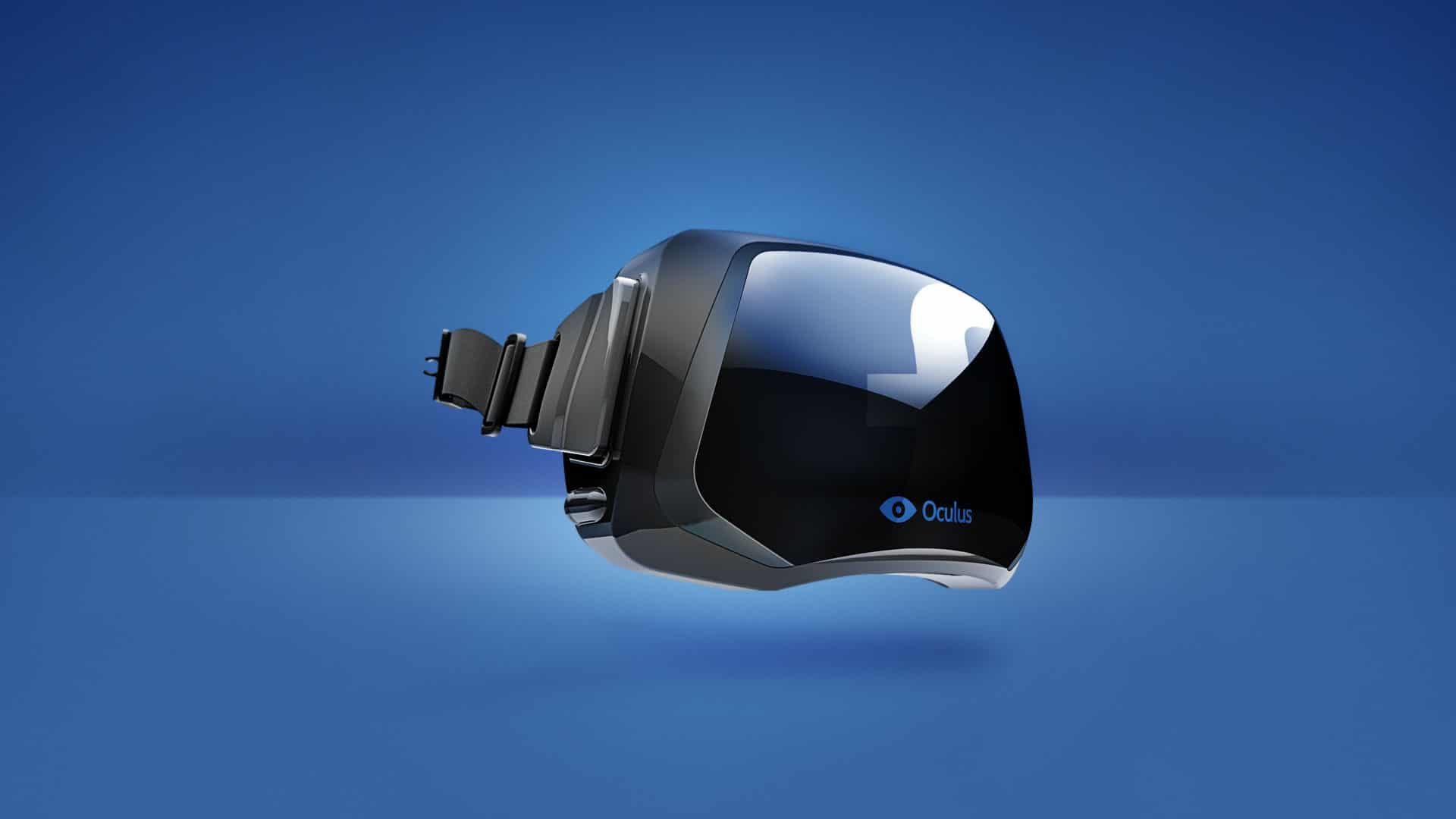What’s the State of VR in Gaming?
Think of gaming, and it is easy to get caught in the trap of only considering the mainstream consoles and PCs. After all, these are the systems that game developers target since big money is to be made in this ever-expanding market. Of course, there are alternatives to PlayStation, Nintendo, and Xbox, and systems such as the Nvidia Shield TV and retro-gaming consoles make good sales, but what about Virtual Reality (VR)? Is that a credible alternative for the gamer?
Credible VR systems have been around for several years but have recently received a shot in the arm with the launch of the Oculus Quest 2. Until now, VR systems typically had to be tethered to some other system, such as a PC or a PlayStation console which provided the computing power. But the Quest 2 was developed as an autonomous system, requiring only a Wi-Fi connection to broadband to access the Oculus store and download games to the headset.
Apart from a battery life of a mere two hours (with around a two-hour charge time), the only real downside of the system was the need to log into it with a Facebook account. Facebook bought Oculus a few years ago with the intention of making a groundbreaking VR headset and, while they did that, they ensured compliance by requiring the Facebook login.
So, we have a fairly powerful, stand-alone headset with an excellent amount of storage (if you plump for the 256Gb version – the entry-level device is just 64Gb), but is it any good for gaming?
Let’s get one thing straight; because this has been developed by Facebook, it is balanced between games and social interaction. There are plenty of apps that allow real-time interaction with other Oculus users, and it’s fun to sit in a virtual cinema and discuss a film with, well, who knows who—but this is a gaming site, so we don’t care about that kind of thing.
Gaming, on the other hand, can be either a solitary affair or team-play. Being VR, it’s big on virtual environments, so there are some great escape room and puzzle experiences, but multiplayer shoot-‘em-ups also get a good showing too.

Based on the best-selling iOS/Android 2D game, escape Room/puzzle-fest “The Room: A Dark Matter” is probably about the best of the immersive puzzle games and beats anything similar that the consoles can come up with. The graphics are compelling, and the movement system is based on the teleportation type, where you can only transport to certain pre-defined spots in large environments. This is actually a bonus because you know there is something puzzle-orientated to be done at each teleportation location. However, the puzzles’ rich depth means that you may have to return to some locations several times to complete all of the challenges.
Deep space horror (though it’s not very horrifying) saga “Red Matter” is similar, having you figure out the reasons why a deep space colony was abandoned. The teleportation in this game lets you go anywhere that you can reach, so it is actually harder to figure out what you are supposed to be doing, but, on the plus side, the puzzles are generally easier.
While both of these excellent titles are single player (at present), if you want to get together with your friends in an immersive environment, then “Star Trek: Bridge Crew” is one for you. Also available on the PSVR, this is a game that is just made for sharing. Placing you on the Bridge of the U.S.S. Aegis (the Enterprise is available too) on its maiden voyage, this multi-player immersive experience allows you and three friends to occupy different ‘seats’ on the bridge. You and your friends don’t have to be in the same room or even continent – you just need to own a copy of the game and be connected by Wi-Fi – to be on the same Bridge. From there, you are each assigned certain tasks – Captain (to issue orders), Helm (to steer and power the ship), Engineering (who keeps the ship running) and Tactical (who operates the scanning and weapons systems) – and find that you have to work together to complete missions and fend off attacks. This is a real team-building exercise where one person’s muck-up can rubbish the entire mission.
PSVR showed us how horrifying horror could get with the release of “Resident Evil Biohazard”. Oculus doesn’t have anything quite to match it in terms of jumps just at the moment, but games like Lies Beneath and Affected: The Manor are getting there. This is defiantly a case for the type of headset, such as the Quest 2, being untethered, as it allows you to turn quickly without fear of getting wrapped up in cable when something seems to be coming up fast behind you. This definitely adds to the overall feeling of dread in horror games.
Shoot-‘em-ups offer some great multiplayer experiences, with titles like Population One and Arizona Sunshine really standing out. These generally are huge arenas that allow your team to cause maximum carnage, with action happening in a true three-dimensional world. Once again, the lack of tethering cable on the Quest 2 adds to the experience. Steam also offers a huge and growing list of VR games. You can access these through either the Virtual Desktop App (slow) or by actually tethering the headset to your powerful PC via a specialist (and pretty expensive) Type C to Type C cable.
Away from the puzzle and shooting game types, there is a huge array of sports and simulations experiences. With many Apps, the developers realise that they would struggle to make a realistic world without eating up computing power and plump for low-poly cartoonistic worlds instead. While this might sound hateful, it’s actually quite fitting for many games and, in many cases, makes them more fun. This is definitely the case with the UltraWings flying simulator, which, if played in standing mode, can become disorientating to the point of having you falling over as you bank and swoop in your highly responsive virtual aircraft.
While, in many cases, the actual visuals in VR lack those of their console and PC rivals, the fact that you are immersed takes the gaming to a whole new level. And don’t forget, while VR is playing catch-up in many respects when it comes to graphics, it will catch up pretty quickly; Consoles, on the other hand, will never have the immersive aspects that VR offers.
VR has been seen as a poor relation to consoles, and undeniably the new Quest 2 doesn’t have the same computing power, though it gets a significant bolster in you tether it to your gaming-level computer. Away from the Quest 2, PSVR and other normally-tethered VR headsets give some great experiences.

